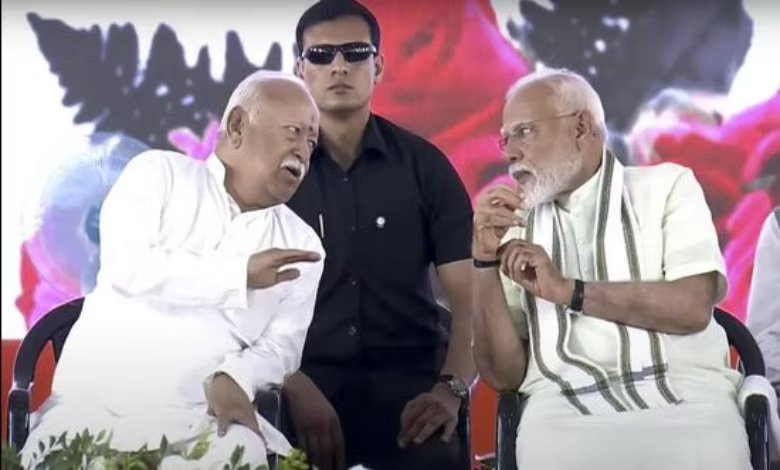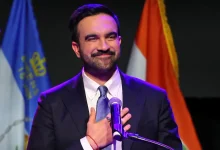
Nagpur: Prime Minister Narendra Modi paid a visit to the Rashtriya Swayamsevak Sangh (RSS) headquarters in Nagpur on Sunday—his first since assuming office in 2014—effectively dispelling speculations of a rift between the Bharatiya Janata Party (BJP) and its ideological mentor. The visit comes as the RSS marks its centenary, reinforcing its long-standing influence on Indian culture.
Modi, only the second sitting Prime Minister after Atal Bihari Vajpayee to make this trip during his tenure, likened the RSS to a “banyan tree” that supports India’s immortal cultural heritage. He highlighted that the organization’s ideals provide a strong foundation, with its extensive network of volunteers representing the sprawling branches. Notably, while Vajpayee visited the headquarters in 2000 during his third term, Modi had last been to the RSS’s administrative center in 2013 when he served as Gujarat’s chief minister.
During the visit, the Prime Minister toured the Dr Hedgewar Smruti Mandir to honor the RSS’s founding figures and inaugurated the foundation stone for the new Madhav Netralaya Premium Centre. This extension of the Madhav Netralaya Eye Institute & Research Centre, named after the late RSS chief Madhavrao Golwalkar, stands as a testament to the organization’s commitment to public service.
“At its core, the RSS is the modern Akshay Vat—the eternal banyan tree—that continuously nurtures and energizes the cultural consciousness of our nation,” Modi remarked at the Madhav Netralaya event. Accompanied by RSS chief Mohan Bhagwat, Maharashtra Chief Minister Devendra Fadnavis, and Union Minister Nitin Gadkari, he lauded the volunteers for their selfless contributions, notably during the recent Maha Kumbh fair in Prayagraj, where their efforts under the Netra Kumbh initiative assisted millions in need.
Reflecting on the RSS’s century-long legacy, Modi noted that while India endured crises during its struggle for independence from 1925 to 1947, the organization’s steadfast dedication now heralds a new era. “This is a pivotal time for us as we lay the foundation for the next 1,000 years of a strong, developed India,” he stated, coinciding with India’s celebration of 75 years of its Constitution and the RSS’s 100th anniversary.
Modi’s Nagpur visit also served to quell rumors of a growing discord between the RSS and the BJP that had emerged following last summer’s Lok Sabha elections. An anonymous senior RSS leader described the visit as “historic and important,” asserting that it underscored the enduring unity between the two entities. Veteran RSS observer Dilip Deodhar further emphasized the strong rapport between Modi and Bhagwat, noting that significant initiatives such as the Ram Temple, the abolition of Triple Talaq, and the revocation of Article 370 were accomplished under Modi’s leadership.
In addition to his RSS engagements, Modi visited Deekshabhoomi—the site in Nagpur where Dr Babasaheb Ambedkar embraced Buddhism in 1956. He praised the site as a symbol of social justice and empowerment for the marginalized, asserting that building a “developed and inclusive Bharat” would be the true tribute to Dr Ambedkar, the principal architect of the Constitution.




